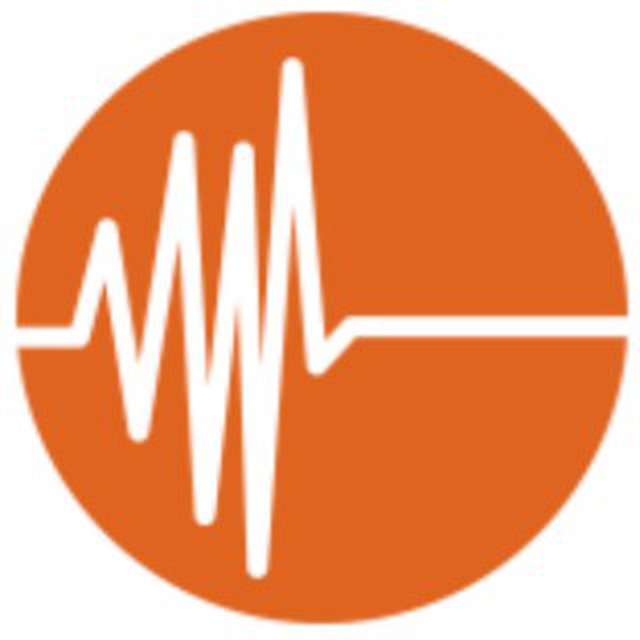Ali Nasiri (Head of Tehran City Crisis Prevention and Management Organization) said last night in the “Tehran 20” program of Panj Cima channel about earthquake early warning equipment:
Earthquake rapid warning system is a new technology in the world that 21 countries are working on this issue and only 8 countries have completed it. One of its components is the sensor or accelerometer. According to calculations made by domestic scientists and university professors, 50 accelerometers are needed to be installed around the faults of Tehran and not inside the city, but outside it and in neighboring provinces.
He continued: Among these 50 accelerometers, 4 of them were installed by the Japanese. Over the years, 22 other accelerometers have been installed in our organization, and 24 of these 50 are left. Of course, a cost of 120 billion tomans was made by Tehran Municipality with the help of Geophysics Institute of Tehran University. This institution is legally responsible for issuing rapid warnings, but because it was not enough in the government budget, we accepted it as a social responsibility. I hope it will be installed by the end of this year.
There are also faults in Tehran that have an earthquake strength of 2.7:
He added: In addition to that, there is a telecommunication system that checks the earthquake waves, i.e. the primary wave and the secondary wave, and operates based on the distance between the epicenter of the earthquake and the city of Tehran. For example, if a place like Firouzkoh is the epicenter of an earthquake, we may have 30 seconds, and in another place like Fasham, we have 3 seconds. We think that a number between 15 and 17 seconds is the average, that this warning is earlier than the occurrence of the main earthquake, which are earthquakes with a magnitude above 5.5, which are destructive earthquakes. When an important and destructive earthquake occurs in Tehran, we must have this preparation. Of course, this 8 to 15 seconds and below 20 seconds in the first stage is not to warn the public, but it is mostly used for devices that are registered automatically.
Ali Nasiri further said: We are responsible for a part of the system. I hope this year we can reach the exploitation. The software part of the system is our responsibility and the other part is in the hands of the devices. For example, we should install this in subways, where the train must either stop or slow down. Or, for example, the electricity generators of hospitals should be activated, and it depends on the devices to what extent they are ready.
While pointing to the functioning of this system, Nasiri pointed out: We are currently aware that the systems are not complete, with low quality. When this system is opened, we will rank ninth among other countries. It is very high technology and plays an important role in reducing losses and damages.
According to Nasiri, studies have shown that finding out 10 seconds earlier reduces 40% of deaths and damages.
The head of Tehran Crisis Prevention and Management Organization emphasized at the end: If we can install this system on mobile phone alerts or loudspeakers or even TV subtitles, it would be a very good thing. People should know that if someone is on the upper floors of a tower, he does not have time to come down in a few seconds, but must take shelter in a suitable place identified in advance, or a person who is moving in a car if he is in a place where a wall or beam There is no electric light next to him, he can stop his car.
@Earthquake_Engineering1
This post is written by Alireza_MoghadamNejad
